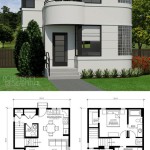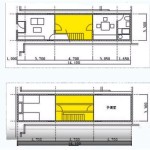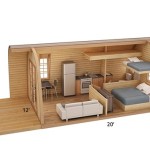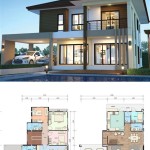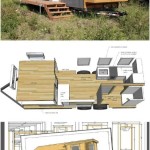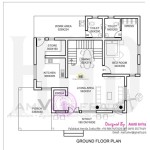House Planning: Essential Aspects to Consider
House planning is a crucial undertaking that requires careful consideration of various aspects. From designing the layout to selecting materials, every decision has a significant impact on the functionality, aesthetics, and overall comfort of your home. This article provides a comprehensive guide to the essential elements of house planning, ensuring you create a space that meets your unique needs and aspirations.
1. Space Planning
The layout of your home is fundamental to its functionality. Consider the number of rooms required, their size, and how they connect. Create a floor plan that facilitates efficient flow of movement and optimizes natural light. Designate specific areas for different activities, such as living, dining, cooking, and sleeping. Ensure a balance between private and shared spaces to accommodate the needs of all occupants.
2. Architectural Style
The architectural style of your home reflects your personal taste and preferences. Explore various styles, from traditional to contemporary, and select one that aligns with your vision. Consider the exterior facade, roof shape, and window and door designs. Architectural style also influences the layout and interior design of your home, setting the overall tone and atmosphere.
3. Material Selection
The materials used in your home's construction have a significant impact on its durability, energy efficiency, and aesthetics. Select materials that are appropriate for your climate and lifestyle. Consider factors such as insulation value, weather resistance, and ease of maintenance. Explore sustainable options to reduce your home's environmental impact.
4. Energy Efficiency
Energy efficiency is paramount in modern house planning. Design your home to maximize natural ventilation and daylighting. Install energy-efficient appliances, lighting systems, and insulation to minimize energy consumption. Consider renewable energy sources, such as solar panels, to reduce your reliance on fossil fuels and create a more sustainable living environment.
5. Indoor Air Quality
The quality of indoor air is crucial for the health and well-being of your family. Select materials that emit low levels of volatile organic compounds (VOCs). Ensure adequate ventilation to prevent the accumulation of harmful pollutants. Consider incorporating indoor plants, which have been shown to improve air quality and create a healthier indoor environment.
6. Lighting Design
Lighting plays a vital role in creating the desired ambiance and functionality in your home. Plan for a combination of natural and artificial light sources. Utilize large windows to maximize daylighting and reduce energy consumption. Choose lighting fixtures that complement your architectural style and meet the specific needs of each room.
7. Landscape Design
The outdoor space surrounding your home is an extension of your living environment. Integrate landscape design into your planning to create a seamless transition between indoor and outdoor spaces. Consider the placement of plants, patios, walkways, and seating areas. Design a landscape that enhances the aesthetics of your home and provides opportunities for relaxation and outdoor activities.
House planning is a multifaceted process that requires careful planning and attention to detail. By considering the essential aspects outlined in this article, you can create a home that meets your specific needs, reflects your personal style, and provides a comfortable and inviting living environment for you and your loved ones.

House Plans How To Design Your Home Plan

Example Plans Unity Homes

House Plans How To Design Your Home Plan

House Plans How To Design Your Home Plan

House Plans How To Design Your Home Plan

Small House Design 2024001 Pinoy Eplans Floor Plans

Where You Can Buy House Plans Live Home 3d

40 X 60 Modern House Architectural Plans Custom 2400sf 4bd 3ba Cottage Blueprint

12 Examples Of Floor Plans With Dimensions

1 100 Sq Ft House Plans Houseplans Blog Com

